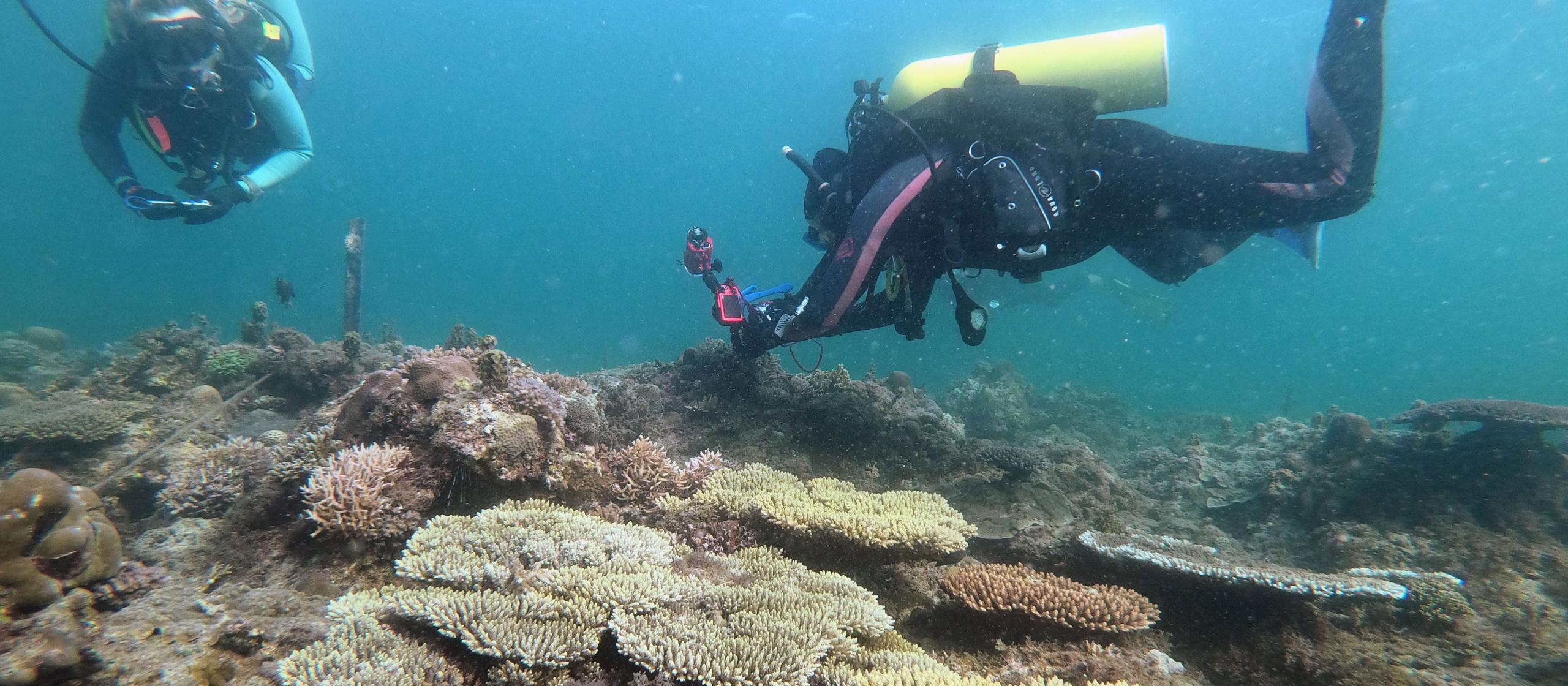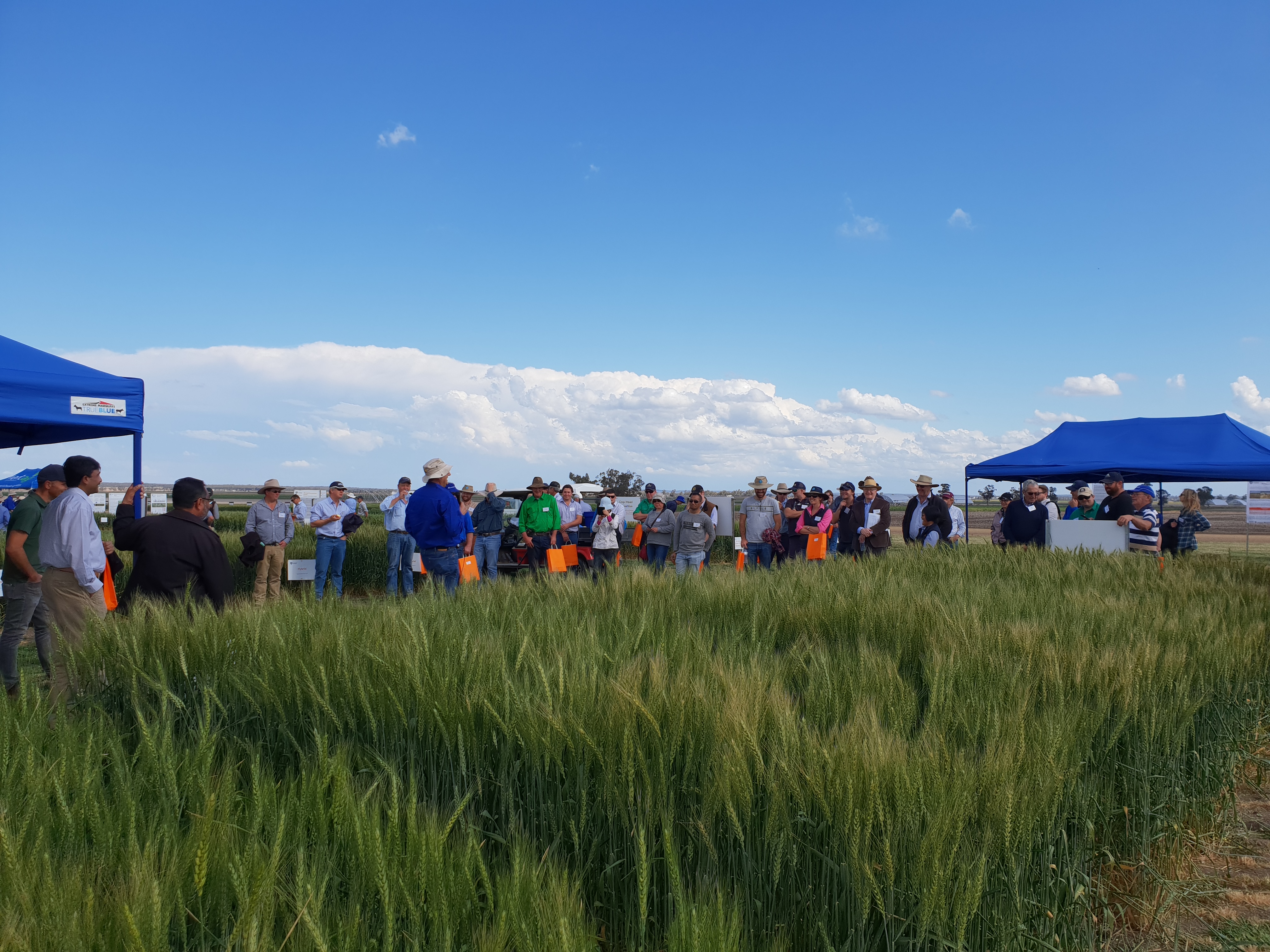- HomeHome
-
About ACIAR
- Our work
- Our people
-
Corporate information
- ACIAR Audit Committee
- Commission for International Agricultural Research
- Policy Advisory Council
- Agency reviews
- Executive remuneration disclosure
- Freedom of information (FOI)
- Gifts and benefits register
- Information publication scheme
- List of new agency files
- Contracts
- Legal services expenditure
- Privacy impact assessment register
- Commonwealth Child Safe Framework
- Benefits to Australia
- Careers
- 40 years of ACIAR
-
What we do
- Programs
- Cross-cutting areas
- Resources
- Where we work
-
Funding
- Research projects
- Fellowships
-
Scholarships
- John Allwright FellowshipScholarships to study in Australia for ACIAR partner country scientists to have Australian postgraduate qualifications
- ACIAR Pacific Agriculture Scholarships and Support and Climate Resilience Program
- Alumni Research Support Facility
- Publications
- News and Outreach
Date released
16 December 2020
From a fragrant citrus orchard on the edge of Australia’s outback to the glistening waters of the Great Barrier Reef and across to the wide expanse of western Australia’s wheatbelt, ACIAR research—despite its mandate to reduce poverty and improve livelihoods in its partner countries—continues to provide benefits back home.
ACIAR CEO Professor Andrew Campbell says ‘first and foremost, we commission work against the objectives of Australia’s aid program that overlaps with the priorities of ACIAR partner countries.
‘Nevertheless, lots of work that we do is also relevant in Australia, and there’s a benefit flow-back to Australia.’
Professor Campbell adds that beyond the tangible benefits of innovations developed overseas being brought back to Australia, the personal benefits and enhanced capacity for Australian researchers who work on ACIAR projects is profound and long-lasting.
‘I think that’s an enormous value-add for the Australian innovation system,’ he says. ‘A number of senior people in Australian science have said to me that early in their career, they were lucky to work on an ACIAR project, and they learned more from that international experience in a developing country than they have in anything ever since. It’s had a lasting impact on their career.’
ACIAR research innovation affects Australia in a myriad of ways. Partners explores three examples that span different sectors and different approaches to innovation.
Restoring Australia’s Great Barrier Reef
Australia’s Great Barrier Reef—the largest reef system in the world—is the latest beneficiary of an ACIAR-funded project. Through coral research carried out over three years in the Philippines, the project has developed coral reef restoration techniques that are now being applied and scaled out to help the reef recover from devastating bleaching events.
The chances of a microscopic baby coral larva surviving are one in a million. Yet coral reef systems depend on coral larvae settling onto reefs, changing into a baby polyp form, and surviving to maturity.
To help boost the chances of coral larvae surviving, project leader Professor Peter Harrison from Southern Cross University, has developed a technique that starts by capturing millions of coral eggs and sperm during natural spawning events.
Professor Harrison and his partners then propagate the coral larvae in tanks onshore and, later, in contained floating pools on the reef. When they are about a week old and ready to settle, the coral larvae are put back out on the reef and protected with fine nets to hold them in place. Once larvae have settled, the nets are removed and the coral fends for itself.
‘In the Philippines we’re getting about one adult coral from every 20,000 larvae that we’re settling on the reef,’ says Professor Harrison.
‘In the early trials on the Great Barrier Reef, we were getting around one adult coral after a few years from about 10,000 larvae.
‘We’ve achieved a world record by establishing the fastest-growing individual colonies that get to breeding size in two years.’
Professor Harrison credits ‘some very enlightened individuals in ACIAR’ for first recognising the potential of his work when he could not get other local sources of funding. ‘ACIAR saw that the coral restoration approach was sufficiently innovative and had a great potential for scaling up, and if it worked it would be really important for recovering reef communities.’
In the early reef trials in the Philippines, reef areas up to an Olympic-sized swimming pool size were successfully re-seeded with coral through the technique. More recently, Professor Harrison has partnered with Professor Matthew Dunbabin from the Queensland University of Technology to test run an underwater robot—LarvalBot—to re-seed the coral over larger areas.
‘We delivered a few million larvae over three one-hectare plots in the Philippines in 2019 and showed the potential for much larger scale delivery in the future,’ says Professor Harrison.
More partners are now getting on board, with support to expand the research coming from the Great Barrier Reef Foundation and the local tourism industry, who are encouraging tourism operators and local communities to work alongside scientists to help collect spawn and support the restoration work.
This work will run alongside another follow-on ACIAR-supported project that will look at scaling the work out in the Philippines.
New wheat traits fast-tracked
Wheat is one of the most important crops in Australia. It is also important to ACIAR partner countries—particularly countries in South Asia.
Through an ACIAR project with India, new breeding material has been introduced to Australia, where it is being used to breed new, hardier wheat varieties suitable for Australian conditions. In India, use of the material has already resulted in new varieties.
Professor Richard Trethowan, from the University of Sydney, led the India-Australia program on marker-assisted wheat breeding to develop and use wheat molecular markers that flag the location of desirable genes. Knowing the location of desirable genes can speed up the breeding process significantly, helping to get new wheat varieties to farmers faster.
In collaboration with Indian partners, Professor Trethowan crossed the best Indian and Australian wheat to generate new breeding material.
‘In India, the material is now integrated into their breeding programs. They’ve released cultivars from it,’ says Professor Trethowan.
Since the end of the project, the material has been used by commercial breeding companies in Australia who develop new wheat varieties in the country.
‘By the end of 2017, 188 Indo-Australian lines were accessed by the main commercial breeding companies in Australia,’ says Professor Trethowan.
‘They came and saw them in the field trials that we had established in different locations and they looked at our supporting data.
‘I asked them what they planned to do and they indicated they would put the lines into their early-stage yield-testing and cross them with their own material.’
In Australia, companies rarely release an introduced wheat breeding line as a commercial variety. Instead they tend to cross them with their own lines to produce a unique variety with appropriate quality characteristics that they can then commercialise.
Of interest to the breeders was the breeding lines’ improved resistance to plant rust diseases—a perennial problem for Australian farmers.
According to Professor Trethowan, given the time it takes to breed and commercialise new wheat varieties it will be a few years yet before the impact of the ACIAR research starts to benefit Australian farmers. ‘We are probably looking at an impact in the pedigrees of commercial cultivars being released in Australia from about 2023 onwards.’
In follow-up work Professor Trethowan reviewed thousands of wheat breeding lines for heat tolerance—including those from India. ‘We have identified 27 super progenitors for heat tolerance that have come from the material imported from India as a result of the ACIAR project,’ he says.
Improved heat tolerance can help wheat to cope with Australia’s regular droughts and high temperatures. This material has likewise been picked up by local breeders.
Building capacity in citrus
ACIAR investment in citrus improvement research over 20 years has demonstrated substantial benefit to Australia as well as China, Vietnam and Bhutan.
An impact assessment study of four ACIAR-supported projects on citrus improvement found economic, social, environmental and industry benefits from a A$3.2 million ACIAR investment between 1993 and 2013.
Projects in China and Vietnam had helped to preserve citrus genetics, facilitate the transfer of technologies from Australia to deliver disease-free planting material, build science capacity and introduce more profitable varieties.
In Bhutan, the work supported the establishment of a citrus research and extension team, and implementation of improved production measures for large and small mandarin growers. This has seen smallholder income for mandarin growers in Bhutan double.
For Australia, the introduction of Chinese citrus rootstocks was ‘substantial’ thanks to its delivery of disease-free planting material to the Australian industry.
Dr Nerida Donovan, a citrus pathologist with the New South Wales Department of Primary Industries (NSW DPI), was one of the Australian researchers supporting the work in Bhutan. Dr Donovan focused on the disease aspects of projects—including identifying diseases and supporting prevention.
Project knowledge, techniques, technology and equipment were among the resources shared between Bhutan and Australia. And the benefit flowed both ways, with Dr Donovan and other researchers building their knowledge of diseases relevant to the Australian citrus industry.
‘There are a number of pests and diseases of citrus that are not found in Australia but can be found in ACIAR partner countries,’ says Dr Donovan. ‘It is important that we see these diseases and pests—not only to recognise what they look like but to learn how the local people have managed them for hundreds of years.
‘If we get a sample in Australia which is suspected to be an introduction of a new disease, it helps if I have actually seen the symptoms.’
Recognising the symptoms quickly increases the likelihood of eradicating the disease and enables Dr Donovan and her team to respond with more confidence to risk in Australia’s citrus industry.
All diseases are also confirmed via laboratory tests. Through Dr Donovan’s work, diagnostic testing has been improved and applied in Australia.
For Dr Donovan the added value of partnering with ACIAR has been to maintain essential citrus research knowledge in Australia. The NSW DPI team is the only multi-disciplinary government team in Australia dedicated to citrus, and during a period when local citrus funding was limited, ACIAR supported it.
Today, a greater awareness exists of the role international research can play in supporting Australia’s industry. The citrus research levy has increased, priorities have changed and key industry players are becoming actively involved in discussions to shape future ACIAR-funded citrus projects.
ACIAR projects:
- Restoring damaged coral reefs using mass coral larval reseeding, FIS/2014/063
- Molecular marker technologies for faster wheat breeding in India 2, CIM/2013/009
- Adapting integrated crop management technologies to commercial citrus enterprises in Bhutan and Australia, HORT/2010/089
Key points
- ACIAR invests in international agricultural research to benefit its partner countries, but Australia directly benefits from it as well.
- Citrus and wheat research has helped support disease preparedness and introduce new breeding lines for Australia.
- Coral restoration techniques developed in an ACIAR project in the Philippines are being applied on Australia’s Great Barrier Reef.




